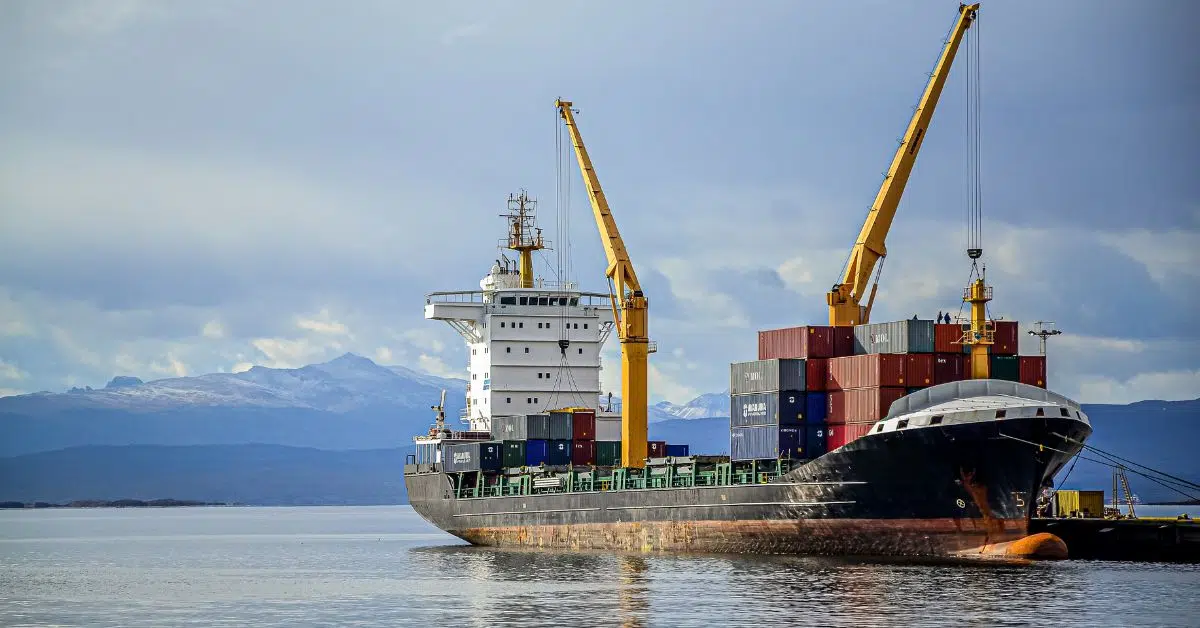Sao Paulo, 22 August (Argus) — Agriculture and land-use produce the largest share of Brazil’s greenhouse gas emissions, but the sector is trying to show it plans to clean up its act ahead of the UN Cop 30 summit there later this year.
Emissions from agriculture and land-use, which ag contributing the most to the latter, accounted for 74pc of all Brazilian greenhouse gas (GHG) emissions in 2023, according to the latest data from GHG emissions monitoring platform SEEG. The agribusiness sector alone was responsible for over 97pc of all deforested area in the last six years in Brazil, according to land monitoring system MapBiomas.
The sector will send observers to Cop 30 to promote its investments to adapt to and mitigate global warming, Brazil’s agribusiness confederation CNA executive director Muni Lourenco said.
Federal initiatives have pushed agribusiness into the climate action package as part of Brazil’s strategy to both reduce climate change and support economic development, which Cop 30’s executive director Ana Toni has said she will fight for during the summit.
“Agribusiness can also be part of the climate solution,” climate and society institute ICS director Maria Netto said during a climate conference recently.
Brazil’s Caminho Verde program aims at increasing productivity in the agribusiness sector through reforestation and recovering already deforested but unproductive land for planting.
Agriculture occupies 280mn hectares in Brazil, of which 165mn are used as pastures and 82mn of those hectares are not considered productive. The program’s goal is to recover 40mn lower-producing hectares by 2035, converting them to higher-producing areas without deforesting new lands.
Other climate solutions stemming from agricultural practices are Brazil’s mandatory biofuel mixes, which recently increased to 30pc of ethanol in gasoline and 15pc of biodiesel in diesel, and clean energy generation from agriculture waste such as sugarcane waste and manure.
The biofuels that often come from agricultural feedstock count toward avoided emissions — the reduction that comes from burning this substitute for fossil fuel — but this does not help solve the agriculture industry’s emissions problem.
Still, the agricultural sector’s presence in Brazil’s climate action plan mainly stems from Brazil’s government putting its foot down so it can try to comply with its nationally determined contribution (NDC). The NDC seeks to cut emissions by 59-67pc from 2005 levels by 2035, equivalent to 850mn-1.05bn tons of CO2 equivalent. The Brazilian NDC also aims at achieving zero liquid emissions — when emissions and carbon capture offset each other — by 2050 through low-carbon agriculture and cattle raising practices and reforestation, among other goals.
This works to address the climate impact of its largest economic driver while not alienating the sector.
Yet agriculture’s legislative efforts often clash with executive wishes to strengthen Brazil’s climate-friendly image.
Earlier in August, Lula partially vetoed a new environmental licensing bill, eliminating most of the items supported by the agricultural sector and coalition of lawmakers from rural states.
The final text maintained a special licensing model that fast-tracks primarily agriculture ventures, but blocked the proposals to create a self-licensing procedure for small agriculture projects.
Brazilian environment minister Marina Silva had also criticized the original bill because it could block trade deals — such as the EU-Mercosur — that rely on complying to climate pledges.
Brazil’s business interests will continue to argue that developing countries cannot be held to the same standards as much higher-polluting developed economies. The impact of each country’s climate and environment are also key, groups such as CNA say.
“Brazil cannot be put under temperate [climate] standards when it operates under tropical circumstances,” Lourenco added.
By Maria Frazatto





